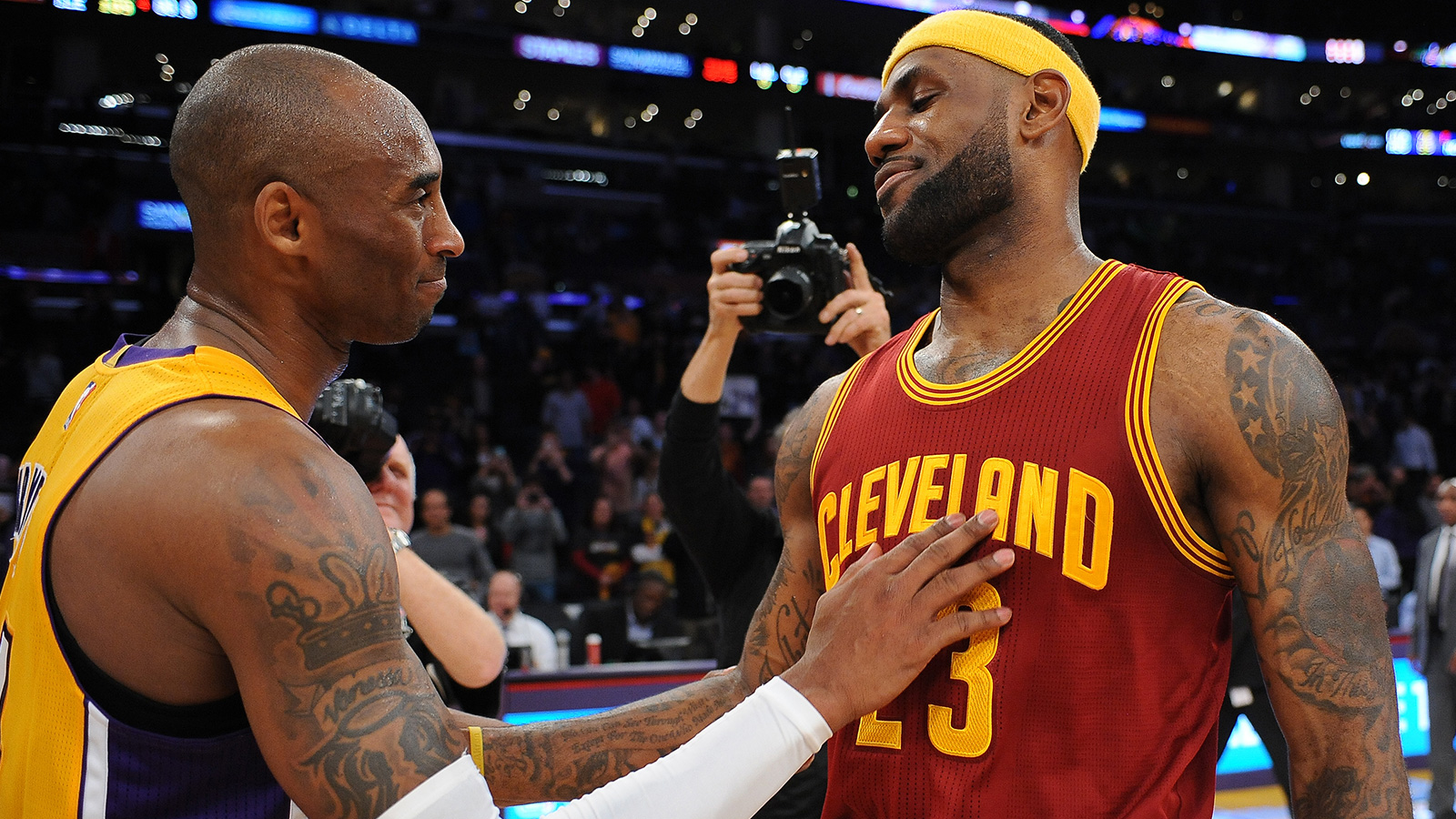

It tends to favor volume shooters such as Kobe, so it wouldn’t be surprising to see him come out on top. Lastly, the PER, or Player Efficiency Rating, is a unit of per-minute production, adjusted so that the league average is 15.

However, Lebron surprisingly blows Kobe out of the water with this metric as well, leading 115.9 to 72.1. Such a metric should favor Kobe, who has played 20 seasons to Lebron’s 14. Furthermore, VORP, or Value Over Replacement Player, estimates the career points that player generated over a replacement player. It’s interesting to note that the league average is around 0.100, highlighting Lebron’s sustained dominance as compared to Kobe’s continued excellence. When adjusted to TWS per 48 minutes, Lebron wins 0.239 vs 0.17.

Thus, Lebron has contributed more to his team's’ success on both ends of the floor than Kobe, perhaps dispelling the common myth that Kobe is a superior defender. Meanwhile, Kobe has contributed 122.1 career OWS and 50.7 career DWS, resulting in 172.7 TWS.

Lebron has put up 143.9 career OWS and 61.5 career DWS, giving him a TWS of 205.4. When added, we get Total Win Shares (TWS), a good estimate of a player’s contributions on both ends of the floor. Defensive Win Shares is based on Defensive Rating, an estimate of the player's points allowed per 100 defensive possessions. Offensive Win Shares is a metric based on Dean Oliver's points produced and offensive possessions. Overall, this analysis supports the common perception that Lebron is an elite passer and playmaker, while Kobe is quite good but not in the upper echelons.Īdvanced overall metrics further reinforce Lebron’s dominance. Lebron also has the superior Assist Percentage, a metric that estimates the percent of made field goals that the player assisted on he leads 35% vs 24.2%. When it comes to Rebounding Percentage, a metric that evaluates what percent of available rebounds are grabbed by the player, Lebron wins yet again, totaling 10.9 vs 8.1. Overall, it’s safe to conclude that Lebron both scores more points and scores them more efficiently than Kobe.Īdvanced rebounding and assist metrics support the box score numbers as well.
#Kobe vs lebron stats head to head free#
This is a metric that includes both 2 and 3-point shooting, as well as free throw percentage. Lebron’s PPG advantage is magnified by the fact that he posts a True Shooting Percentage of 58.4%, as opposed to Kobe’s 55%. Rather surprisingly, Lebron edges out Kobe in every major statistical category, averaging 27.1 vs 25.0 PPG, 7.3 vs 5.2 RPG, 7.0 vs 4.7 APG, 1.6 vs 1.4 SPG, and 0.8 vs 0.5 BPG. Let’s start with some basic box score stats. Ultimately, the numbers don’t lie, and these numbers will demonstrate that Lebron James is the greater basketball player. Who can forget Kobe’s 81 point masterpiece against the Raptors in 2006, or Lebron’s chasedown block against the Warriors in Game 7 of the 2016 Finals? However, as this is a statistical piece, it’s best to disregard nostalgia and focus on the objective statistics. Each player has woven their legacies into the fabric of our memories. Who’s the better basketball player: Kobe Bryant or Lebron James? This is the basketball debate of our generation that has divided fans and pundits alike. Kobe vs Lebron By Suchir Joshi | March 23, 2018


 0 kommentar(er)
0 kommentar(er)
